Safety risks of too much hearing protection
Recommended exposure to noise
It is widely understood that when working in loud noise environments, we should use hearing protection to prevent permanent damage to our hearing.
Did you know that selecting proper hearing protection is important to avoid overprotection?
The British Standards Institute (BSI) recommends that workers’ exposure range should be between 70-80 dBA. Below this level, we run the risk of overprotection, while exposure above 80 dBA increases the risk of hearing loss.
When selecting hearing protection, it is important to first consider the prevention of hearing loss, and then consider the risks of overprotection.
Risks of overprotection
A 2019 study by Sayler et. al. investigating hearing protection use in workers in the manufacturing industry identified that 84% of workers were overprotected from noise. Overprotection from poorly selected hearing protective devices has important safety considerations. Overprotection can lead to:
Reduced ability to communicate effectively
Reduced spatial awareness and ability to hear important information while on the job site
Hearing protection use has also been linked to an increase in workplace accidents. Noise has even been reported as an explanatory factor in 17 workplace fatalities in Quebec between 1990-2005. The reason, noise and hearing protection use make communication even more challenging, resulting in a higher incidence of accidents.
Therefore, proper hearing protection selection is even more important. It is crucial to select hearing protection that reaches the target zone of 70-80dBA recommended by the BSI.
Importance of fit testing
Every ear is unique. Because of the variety of noise environments and communication needs of the workplace, individual fit testing is essential. It confirms that every employee is:
Protected against permanent hearing loss
Protected against the risks of overprotection
Custom hearing protection
Custom earplugs provide more consistent noise attenuation compared to foam or silicone earplugs. They can also be selected based on noise levels to provide target attenuation, reducing the risk of under and overprotection.
Feel free to contact us if you’d like to learn more about better hearing protection solutions for your workplace, or learn more here.

